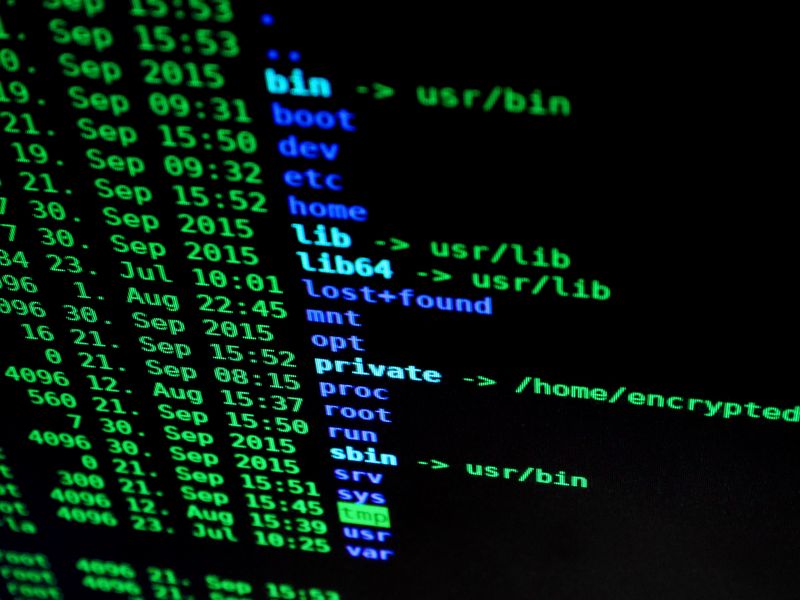Email Security: Protecting the Cornerstone of Communication
The Longevity of Email
Email has been a ubiquitous form of communication since its inception in the 1970s. Initially, it served as a convenient tool for remote communication as dial-up internet and AOL dominated the landscape. However, as businesses recognized the cost-effectiveness and efficiency of email, it quickly became a staple in corporate communication.
From the early 2000s, many businesses hosted their own internal email servers, often managing users through tools like Active Directory. While Linux alternatives were available, they required dedicated support. Unfortunately, email was not initially designed with security in mind, leading to subsequent efforts to retrofit security onto existing versions to adapt to modern technologies and protocols.
The Rise of Managed Email Services
In the modern era, we have witnessed a shift towards managed email services provided by major companies such as Microsoft and Google. These services offer high uptime, scalability, and cost savings by eliminating the need for businesses to host their own email servers. Smaller providers like GoDaddy and Bluehost also offer bundled web hosting and email with reduced feature sets.
Email as a Security Target
Email has become one of the most targeted and vulnerable systems in the world. Many businesses rely on it for critical functions, including corporate finances and daily tasks. Its centrality and vulnerability make protecting email a paramount concern for businesses.
Common Pitfalls in Email Configuration
A major vulnerability lies in the prevalence of leaked passwords, often resulting from the reuse of passwords across multiple websites. Cybercriminals acquire databases of stolen passwords from compromised websites and exploit the fact that users often reuse the same password for their corporate email. Attackers simply try these stolen passwords across multiple services until they gain access.
Furthermore, despite the security features offered by managed email providers, users can inadvertently weaken their security posture by overriding default settings. For example, changing settings for compatibility with older devices or software can expose weaknesses such as password spraying, lack of multifactor authentication (MFA), and lack of encryption.
The Benefits of Managed Email Providers
Despite these challenges, managed email providers offer significant benefits in terms of security. These providers are committed to implementing security measures and adapting to the needs of organizations. Basic protection, encryption features, spam filtering, and malicious URL filtering are typically included, but users must understand and carefully consider the consequences of modifying default settings.
Proactive Security Measures
In an effort to enhance email security, some vendors have developed technologies that parse emails for indicators of fraud or deception. These technologies compare email behavior against a standard baseline and can help detect and prevent scams such as pig butchering or invoice scams, particularly targeting high-profile individuals like CEOs and CFOs.
Additionally, enforcing the use of multifactor authentication (MFA) can significantly mitigate the risk of unauthorized access to email accounts. In fact, MFA has been shown to prevent 99.9% of attacks.
Editorial: Embracing the Evolution of Email Security
Email remains the communication tool of choice, with billions of emails exchanged daily. As remote work becomes more prevalent, businesses must prioritize the proper configuration and security of their email systems. Managed email services offer a compelling solution that combines convenience, scalability, and robust security features. However, it is essential that organizations and administrators understand and adhere to best practices, avoiding common pitfalls that can undermine the security of their email infrastructure.
Advice: Protecting Your Email Communications
1. Choose a Managed Email Provider
Opt for a trusted managed email service provider like Microsoft’s Office365, Google’s G Suite, or Zoho Workplace. These services offer high uptime, scalability, and built-in security features.
2. Enforce Strong Password Policies
Implement strict password policies for your organization, with requirements for complex passwords and regular password changes. Educate employees about the dangers of password reuse and encourage the use of password managers.
3. Enable Multifactor Authentication (MFA)
Require employees to enable MFA for their email accounts. This adds an additional layer of security by requiring a second form of authentication, such as a verification code sent to a mobile device.
4. Regularly Update and Patch Email Software
Stay vigilant about keeping your email software up to date. Apply security patches promptly to address any vulnerabilities that may arise.
5. Train Employees on Email Security Best Practices
Educate your employees about email security risks, such as phishing attacks and the importance of verifying the authenticity of email senders. Regularly reinforce security best practices to ensure a high level of awareness and vigilance.
6. Regularly Monitor and Review Email Configuration
Continuously review and monitor your email configuration settings to ensure they align with best practices and provide the necessary level of security. Understand the implications of changing default settings and evaluate potential trade-offs.
7. Adopt Email Analytics and Security Solutions
Consider leveraging email analytics and security solutions that can detect and prevent advanced threats and anomalies in email communication. These solutions provide an additional layer of protection against evolving email-based attacks.
Conclusion
Email has stood the test of time as a critical communication tool for businesses. However, its longevity and pervasive nature make it a prime target for cybercriminals. By embracing managed email services, implementing strong security practices, and staying informed about evolving threats, businesses can fortify their email communications and protect sensitive information from falling into the wrong hands.

<< photo by Paul Frenzel >>
The image is for illustrative purposes only and does not depict the actual situation.
You might want to read !
- US Cracks Down on Cybercrime by Shutting Down Bulletproof Hosting Service LolekHosted
- The Vulnerable E-commerce Landscape: Analyzing the Ongoing Xurum Attacks on Magento 2 Sites
- Iranian Dissidents Under Siege: The Sophistication of Charming Kitten’s Cyber Attacks
- Preparing for the Next Frontier: US Cyber Safety Board to Assess Cloud Attacks
- High-Tech Thieves: The Rising Threat to Modern Cars
- The takedown of the NetWalker ransomware’s crimeware server marks a victory in the fight against cybercriminals
- The Impact of CISA and NSA Guidance on Critical Infrastructure Security
- 16 New CODESYS SDK Vulnerabilities Pose Serious Threat to Industrial Control Systems
- Securing the High Seas: Navigating Environmental Regulations and Cyber Threats in the Maritime Industry
- “India’s Digital Personal Data Protection Bill: A Bold Step Towards Safeguarding User Privacy”
- The Acceleration of AI: White House Fast-Tracks Executive Order
- “The Dangers of Python: Exploring the Risks of the New URL Parsing Flaw”




